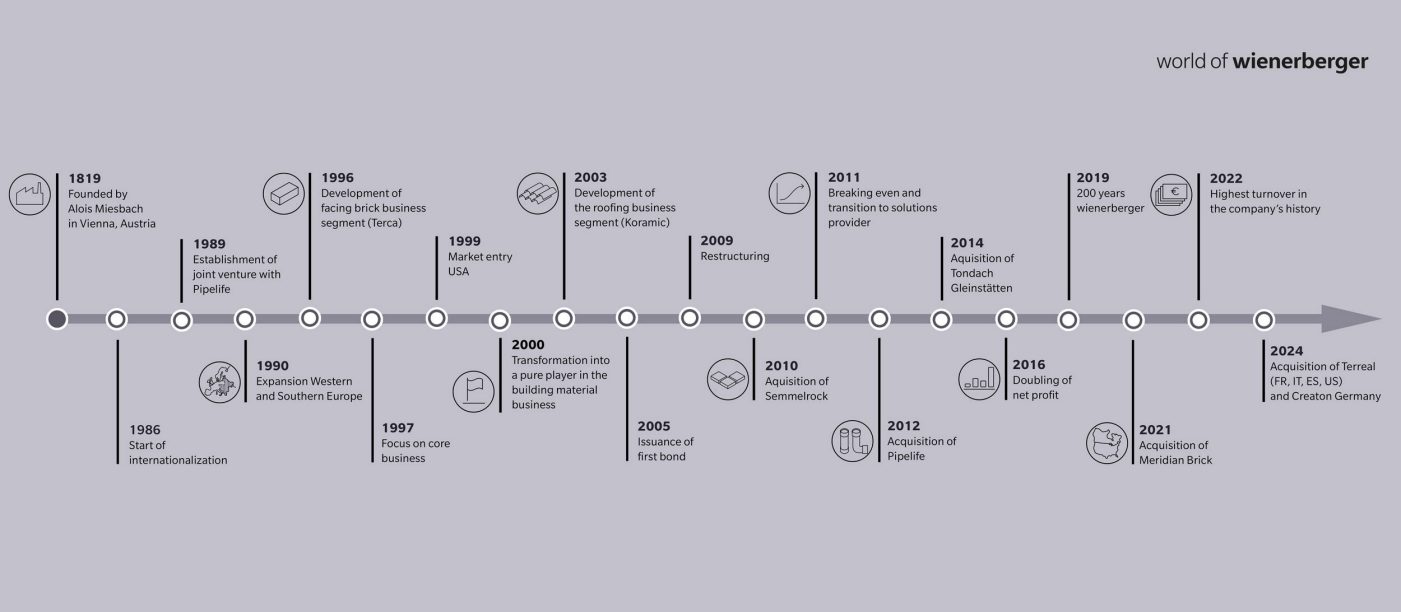
wienerberger History: Innovation for the Future
From the brick factory to an innovative leader in smart building materials and infrastructural solutions: Discover the wienerberger success story.
For more than 200 years, wienerberger has helped to build around the lives of people and is a major driving force behind the future of construction. As an innovative leader, we develop building materials and solutions that bring clear added value for customers and partners alike. Through our innovative strength, combined with our expertise and experience, we are able to achieve this.
wienerberger Milestones

1819 to 1900
Growth of the Brick Company
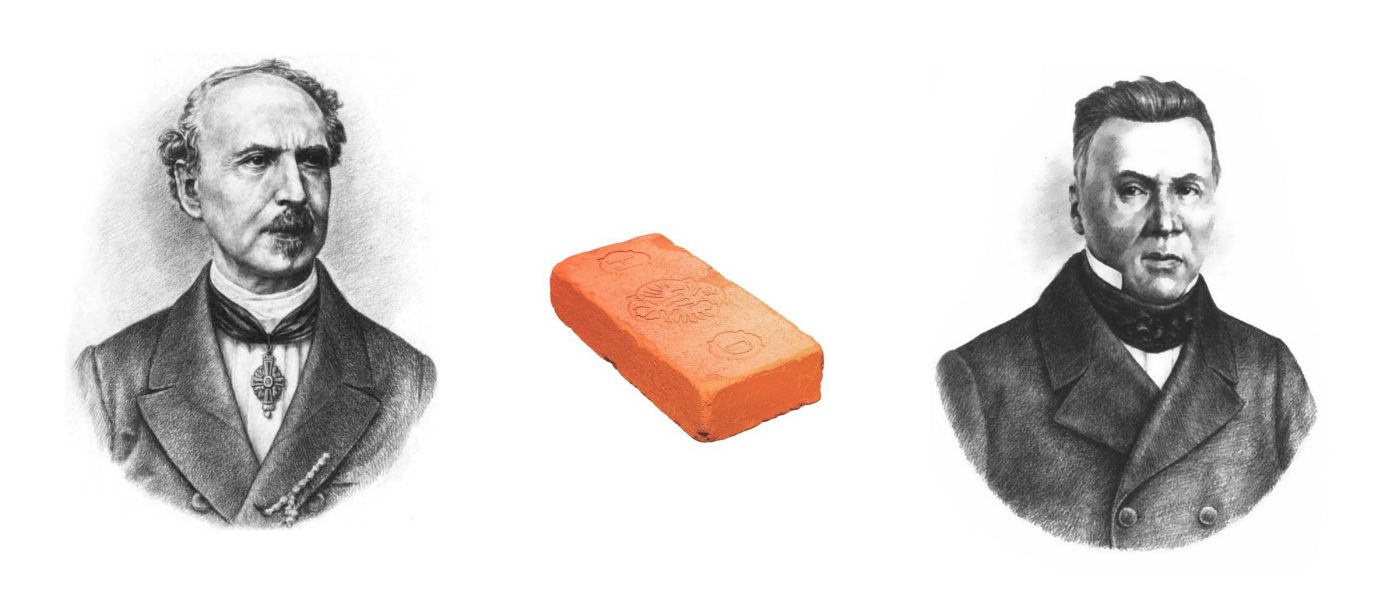
Photo: Heinrich Drasche and Alois Miesbach
The history of wienerberger began in 1819. Back then, the Lower Austrian civil engineer Alois Miesbach purchased the state-owned brickworks at Wienerberg in south Vienna. Innovative processes and products were of a high priority from the very beginning: As early as 1860, the first kiln was installed at the brickworks. Its circular design meant that energy costs were significantly reduced and this allowed for almost continuous production. Over the years, wienerberger has grown to become the largest brickworks in Europe. Soon after, vitrified clay pipes expanded the product range. In 1869, an initial public offering of the company on the Vienna Stock Exchange marked another important milestone.
1900 to 1980
Economic Regeneration following Post War Reconstruction
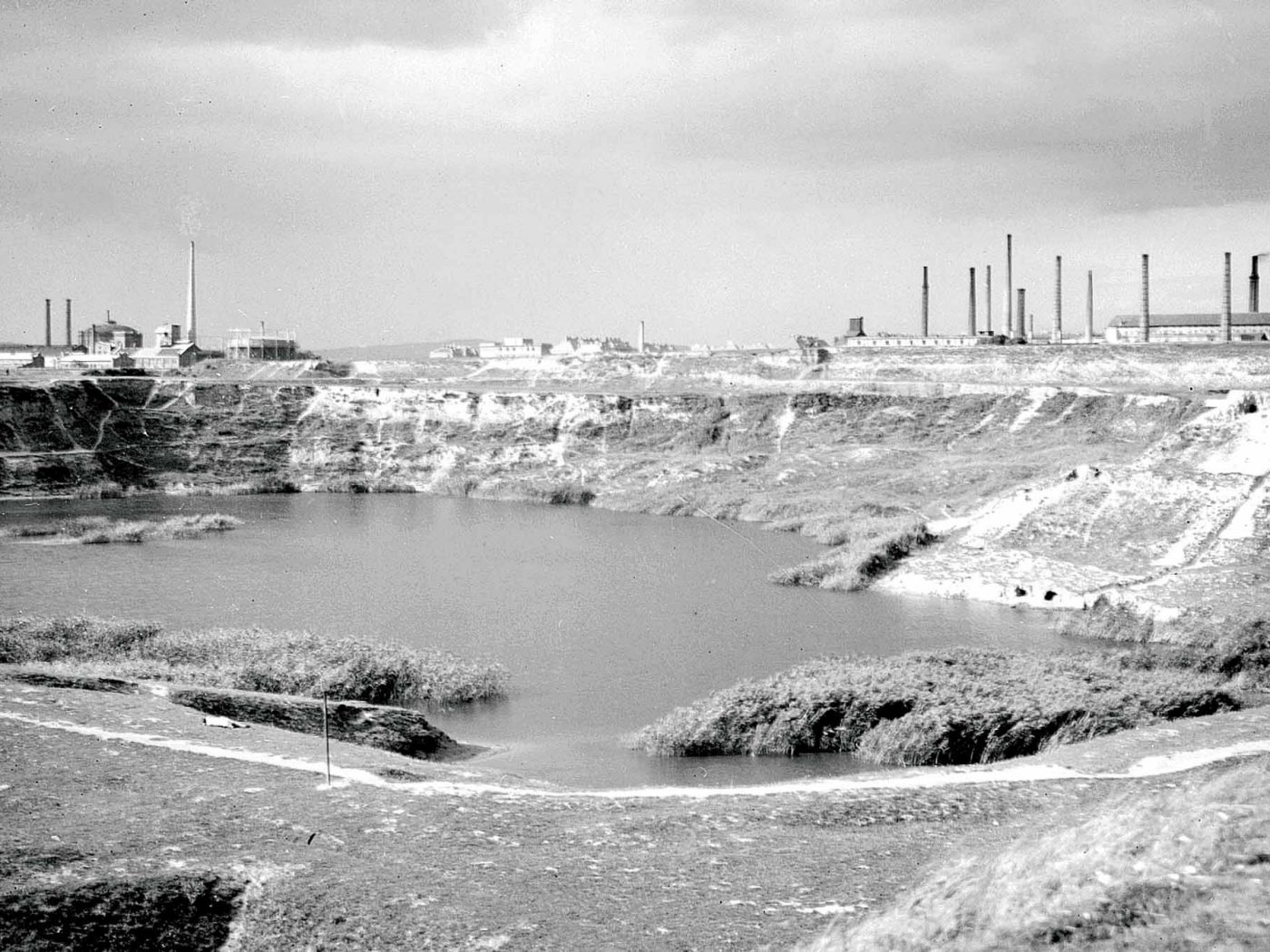 © Uwe Strasser
© Uwe Strasser
In the following 100 years after the IPO on the stock exchange wienerberger was the market leader in Austria. The introduction of mechanical presses in the interwar period meant that perforated bricks could be produced. The pioneering work of wienerberger in the 1950s saw the installation of state-of-the-art tunnel kilns. The bricks were put through the fire on refractory clay platforms which meant that production became even more efficient. The years that followed saw further increase in demands. wienerberger developed larger bricks for faster building work and set new standards in heat insulation.
1980 to 1990
Custom System Solutions
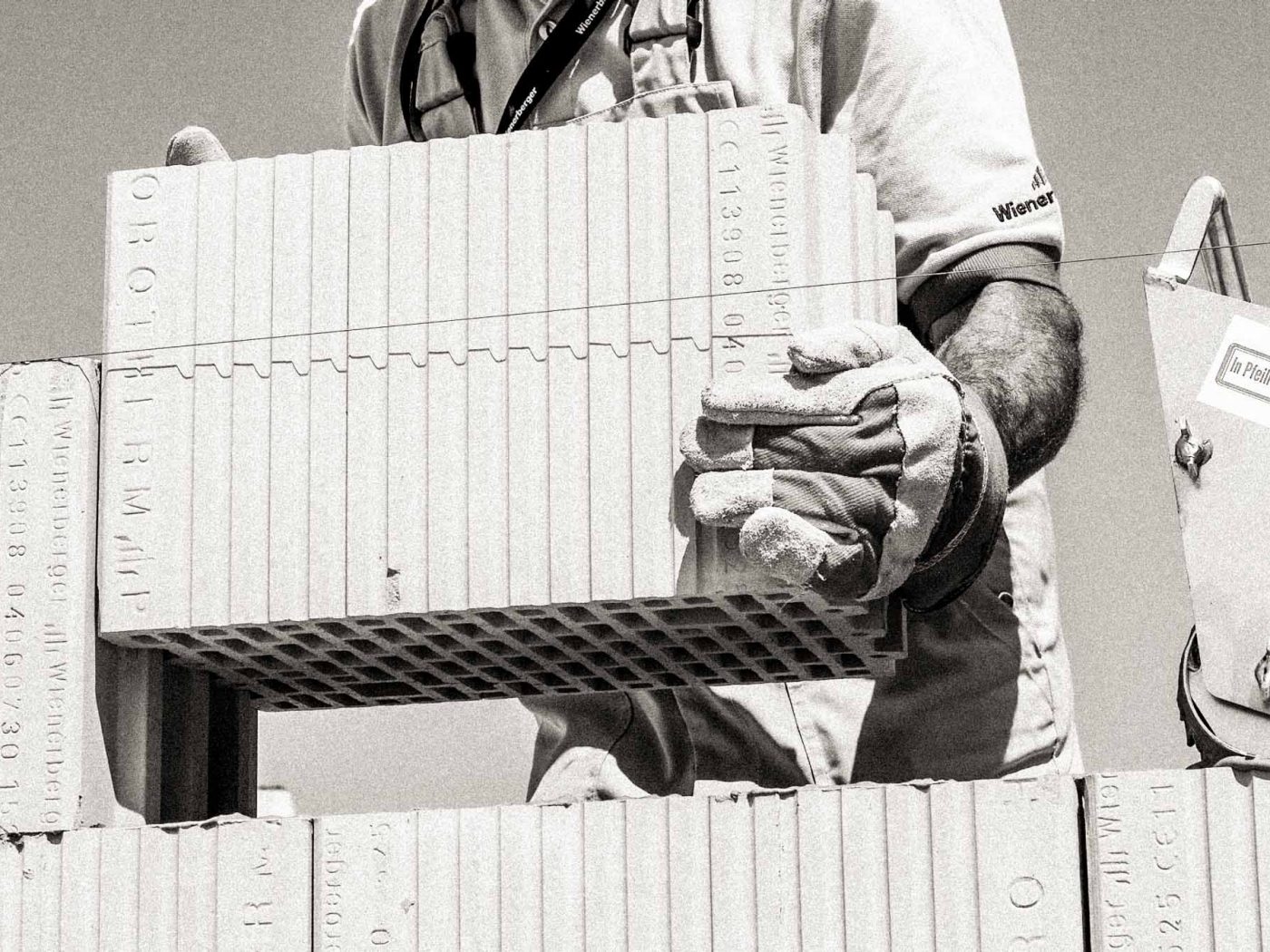 © Uwe Strasser
© Uwe Strasser
In the 1980s wienerberger continued to focus on innovation. From this point onwards, customers and partners alike benefited from brick building systems. Package solutions - from bricks and mortar to bricklaying tools - helpful planning and a new level of construction quality. The invention of planed insulating wall bricks marked yet another milestone for wienerberger. The load-bearing surfaces were grounded so well that only a one millimeter layer of "thin layer mortar" was required between the individual brick columns. This saved on material costs and made basic and economical construction possible.
1990 to 2008
Becoming a Global Player
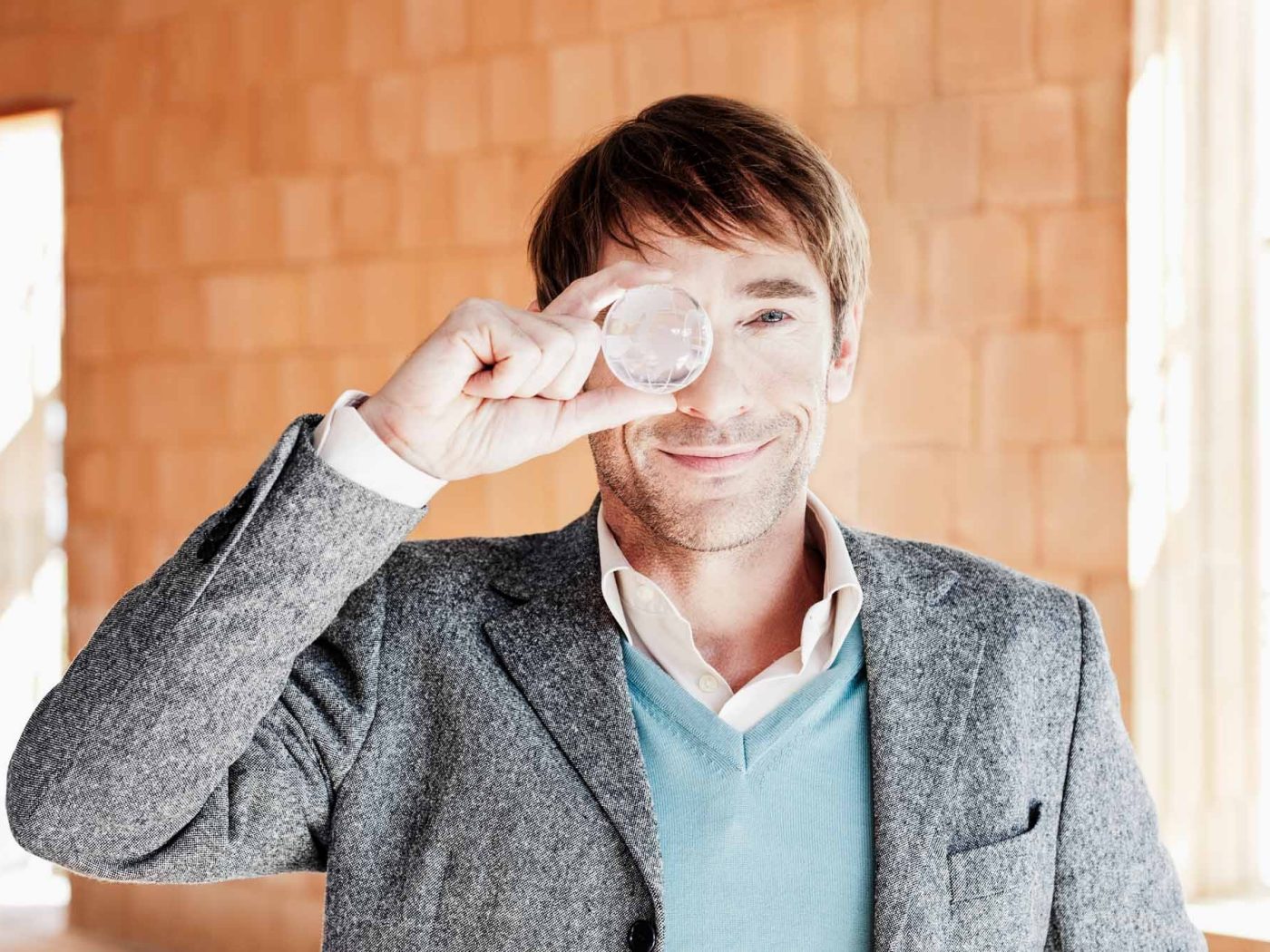 © Uwe Strasser
© Uwe Strasser
The end of the 1980s saw the beginning of a new chapter in the history of wienerberger history: internationalisation. Following the takeover of the German Oltmanns Group, the company expanded into Eastern Europe, UK, France, Belgium, Luxembourg and the Netherlands in the 1990s. This exciting period in the company history saw the establishment of the Pipelife joint venture for the plastic pipe business area, the expansion of the ceramic pipe business, the development of the facing brick business and the entry into the concrete brick market. With the acquisition of General Shale - a leading brick producer in the USA - wienerberger made the step towards becoming a global player. In 2007, the company entered the Canadian market and two years later, a manufacturing site was opened in India.
Since 2009
The new look of the market environment
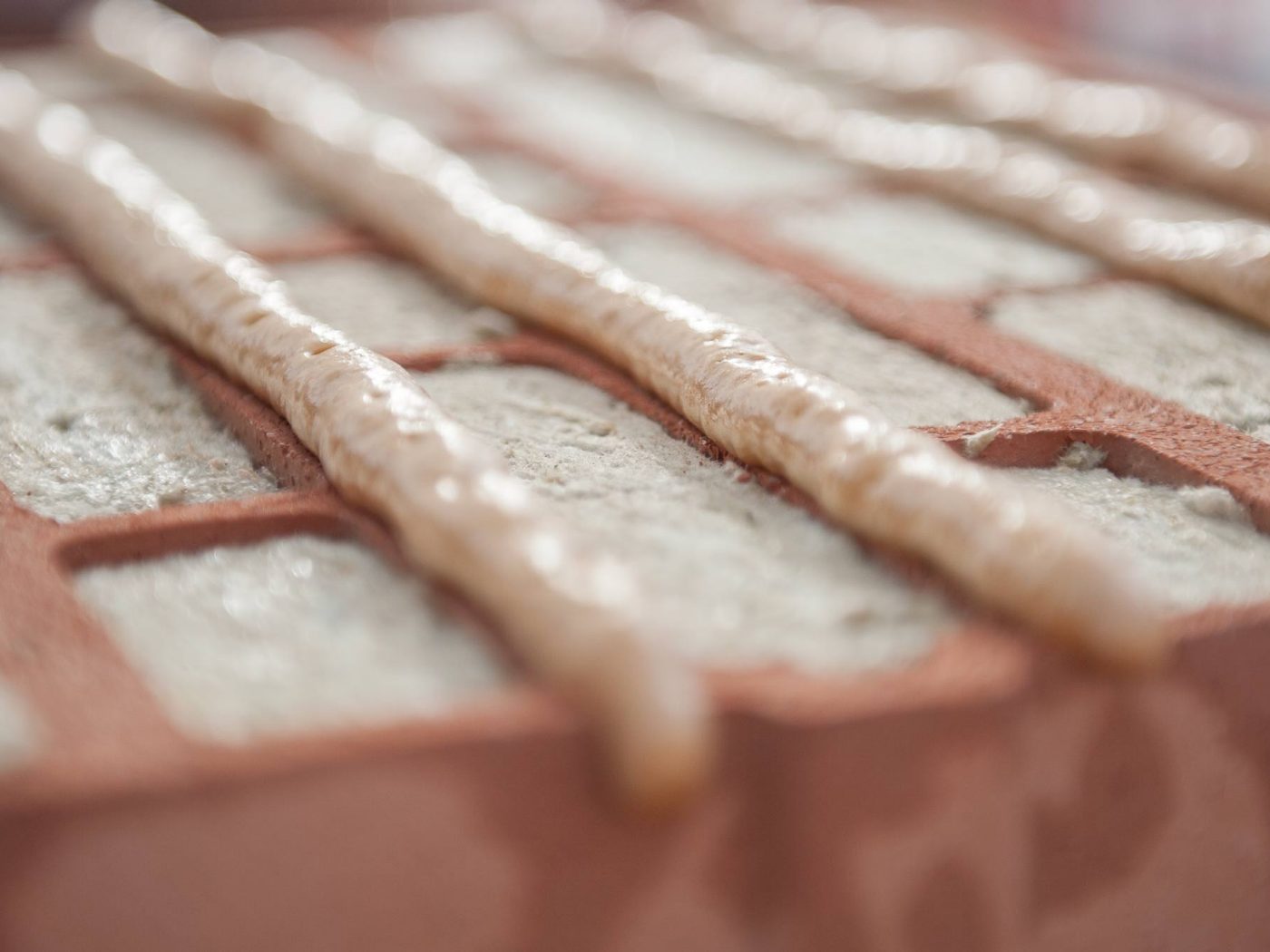 © Uwe Strasser
© Uwe Strasser
Following on from the global economic crisis, wienerberger set out a new course of action in 2009. A comprehensive restructuring within the company set the tone for successful adaptation to the new market environment. Since then our focus has been on organizational growth. Important drivers for this growth have been customer proximity, efficient processes and innovative products such as filler blocks for high heat insulation or the dryfix wall brick adhesive system. In addition, the company undertook two targeted acquisitions: In 2012 wienerberger acquired the entire plastic pipe specialist business, Pipelife, and two years later the Austrian roof tile manufacturer Tondach Gleinstätten.
Into the Future
The wienerberger Sustainability Program 2023-2026
 © Adobe Stock
© Adobe Stock
The wienerberger Sustainability Program 2023-2026 is an essential step on the path towards achieving climate neutrality in 2050 and aligning with the sustainability targets of the European Green Deal. We have been at the forefront of adopting reporting standards, providing high levels of transparency on our impact on the planet and people and our improvement in this matter.
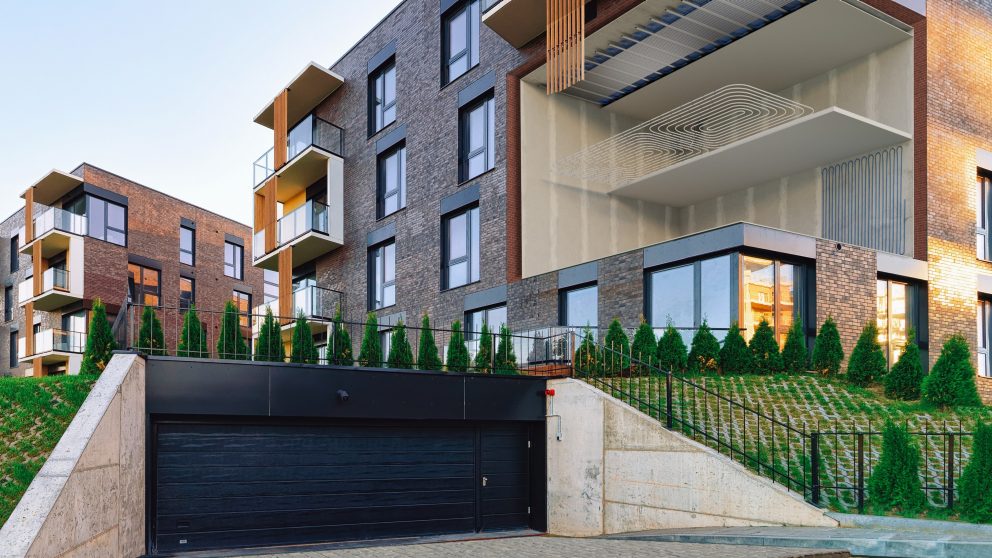

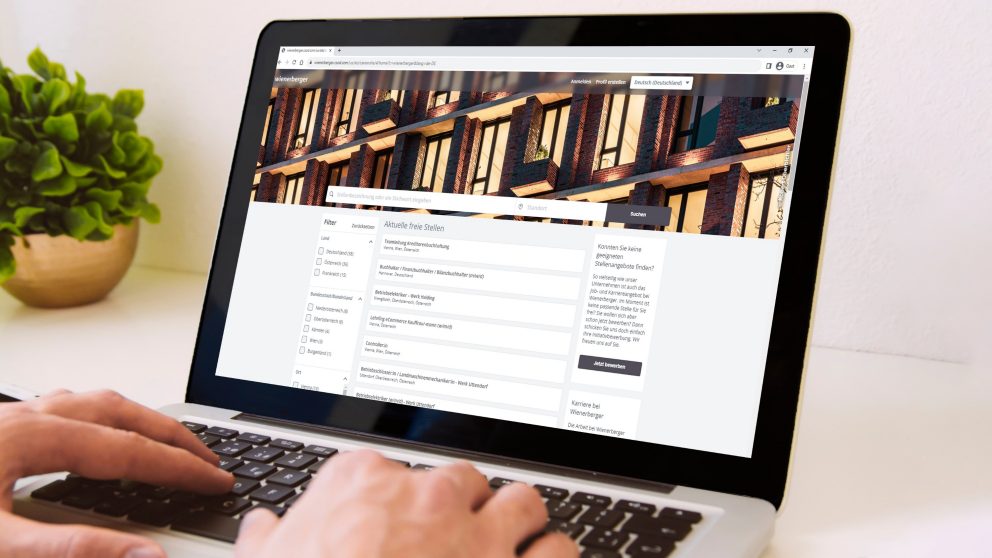
 © Pipelife/Shutterstock
© Pipelife/Shutterstock
 © wienerberger
© wienerberger
